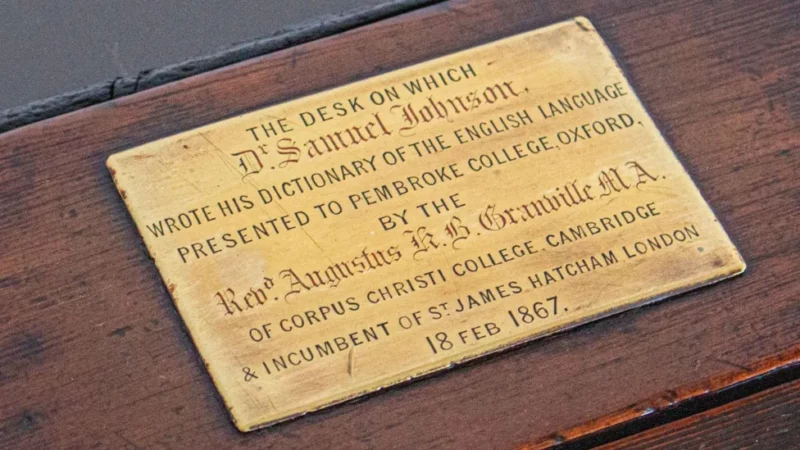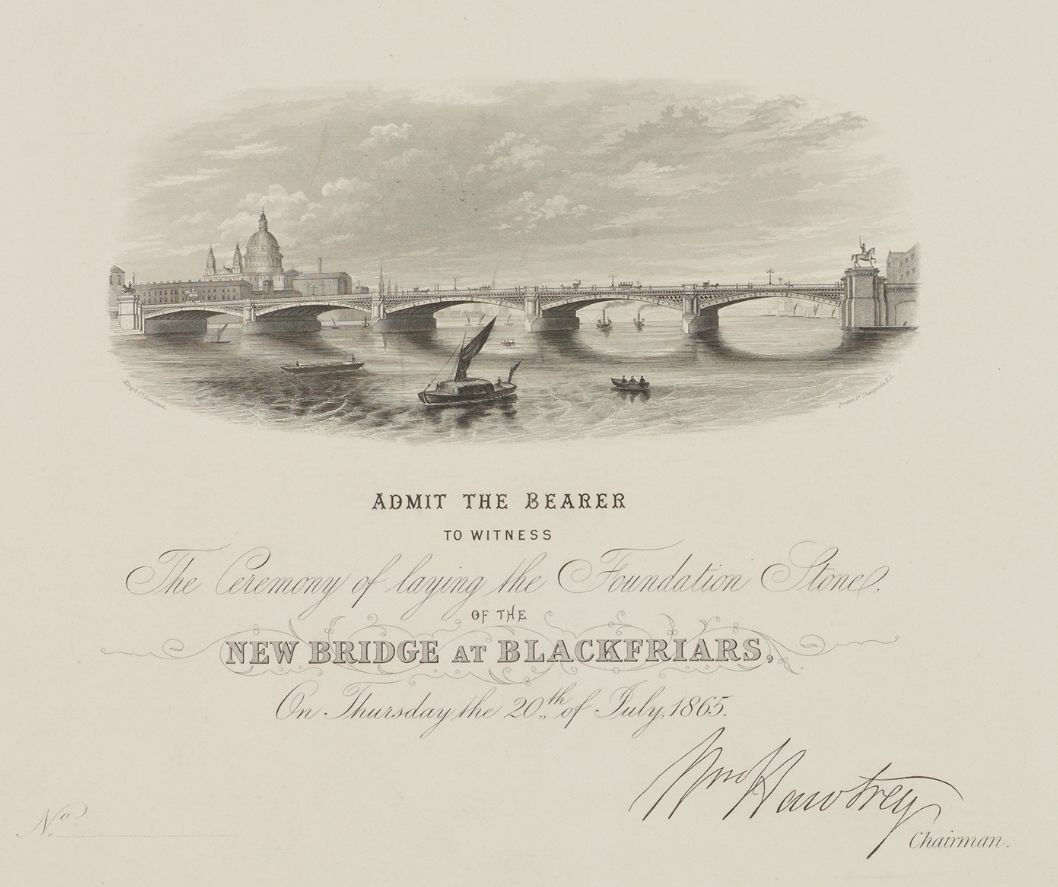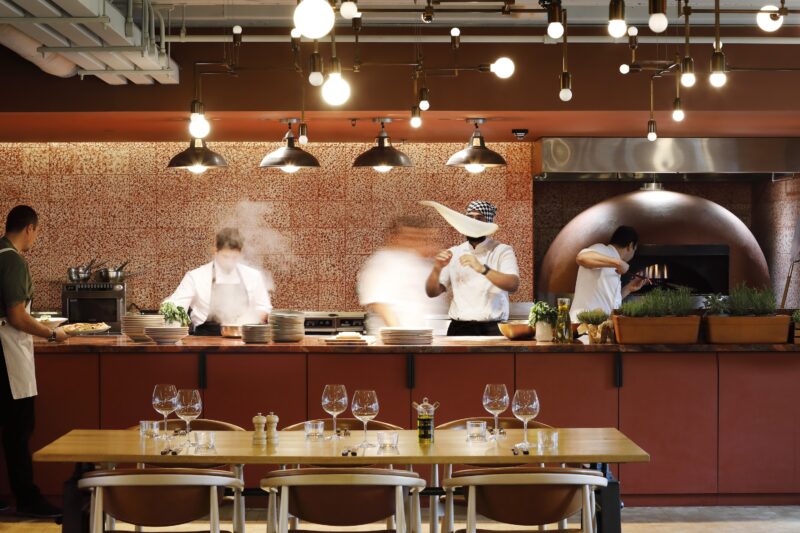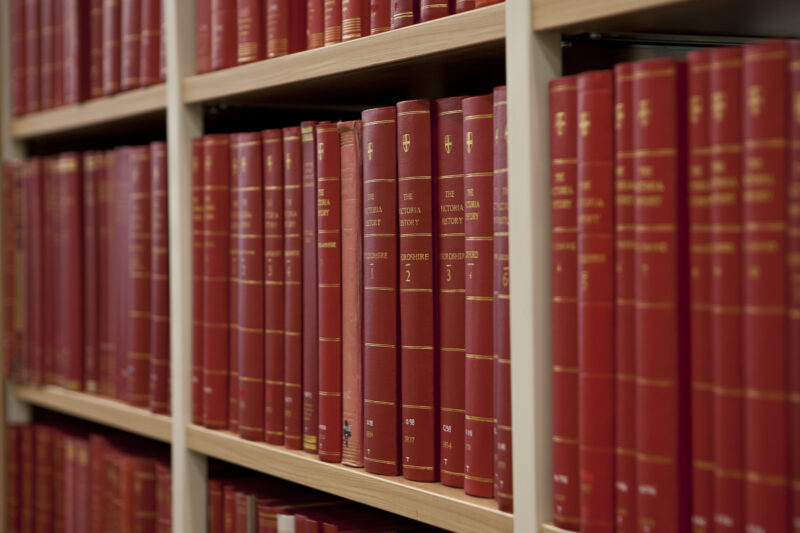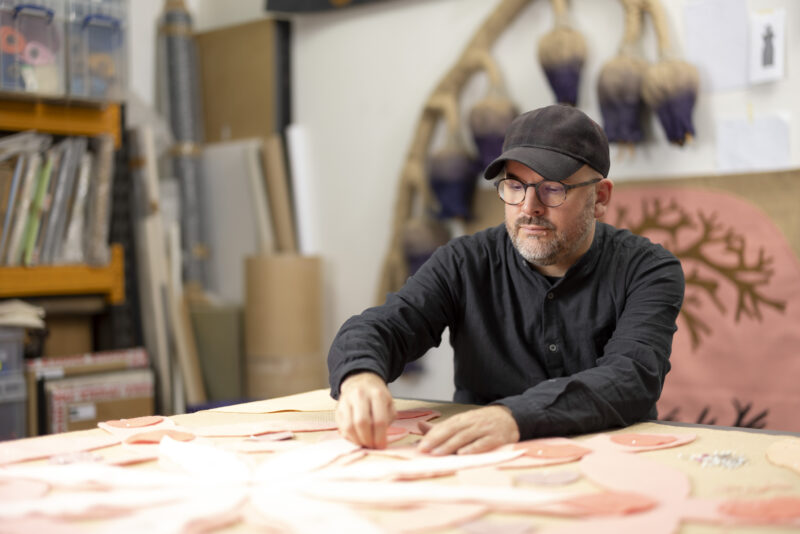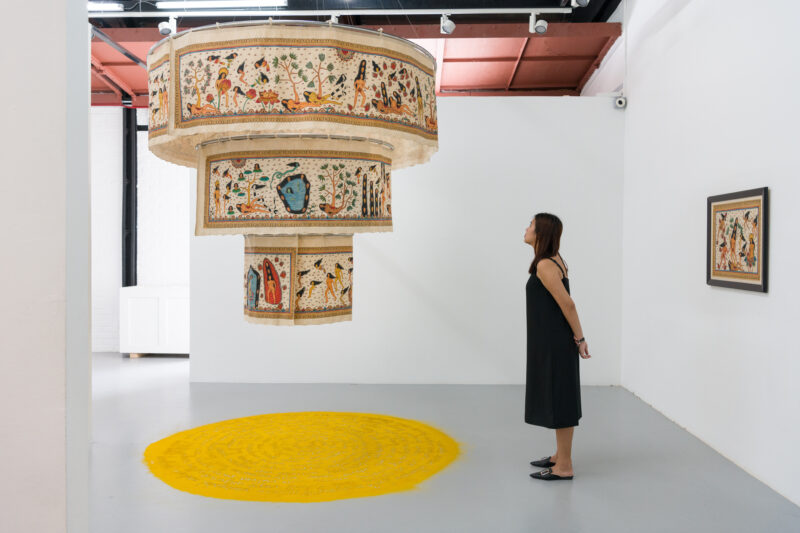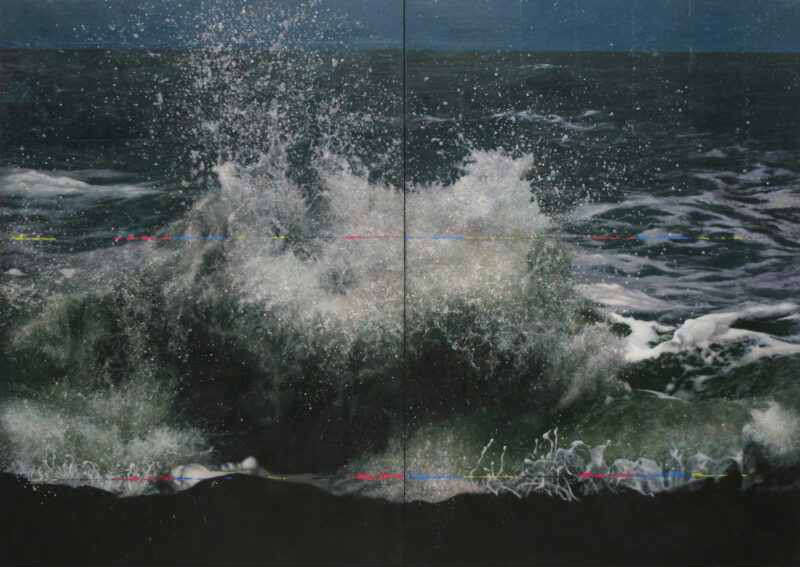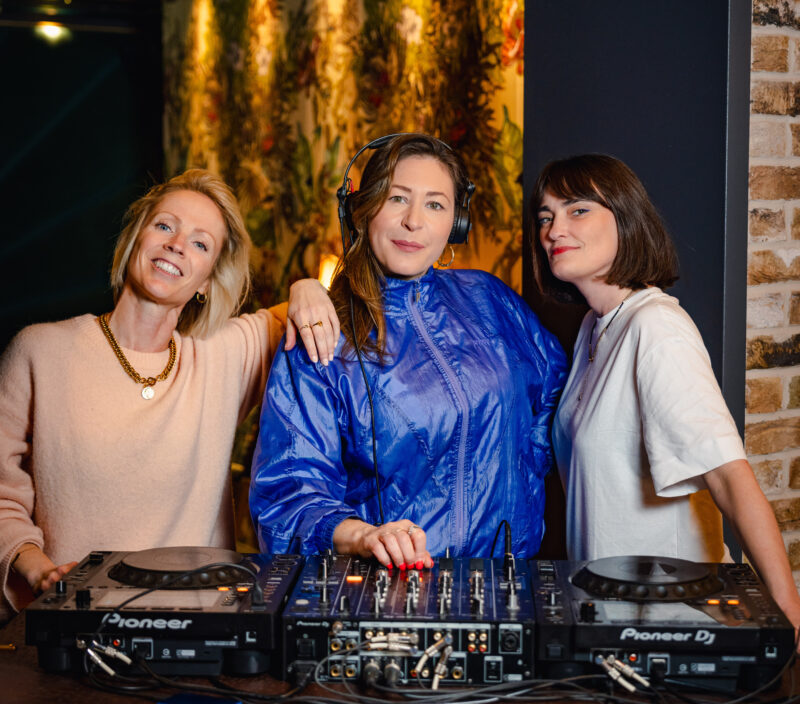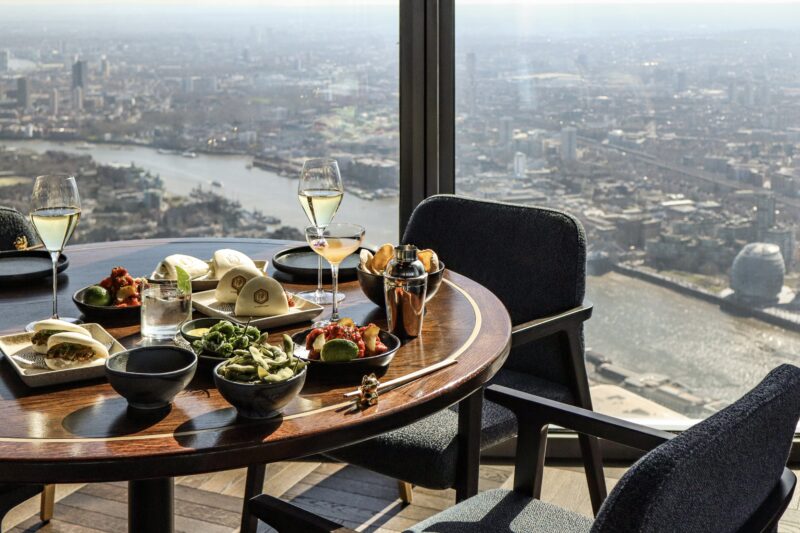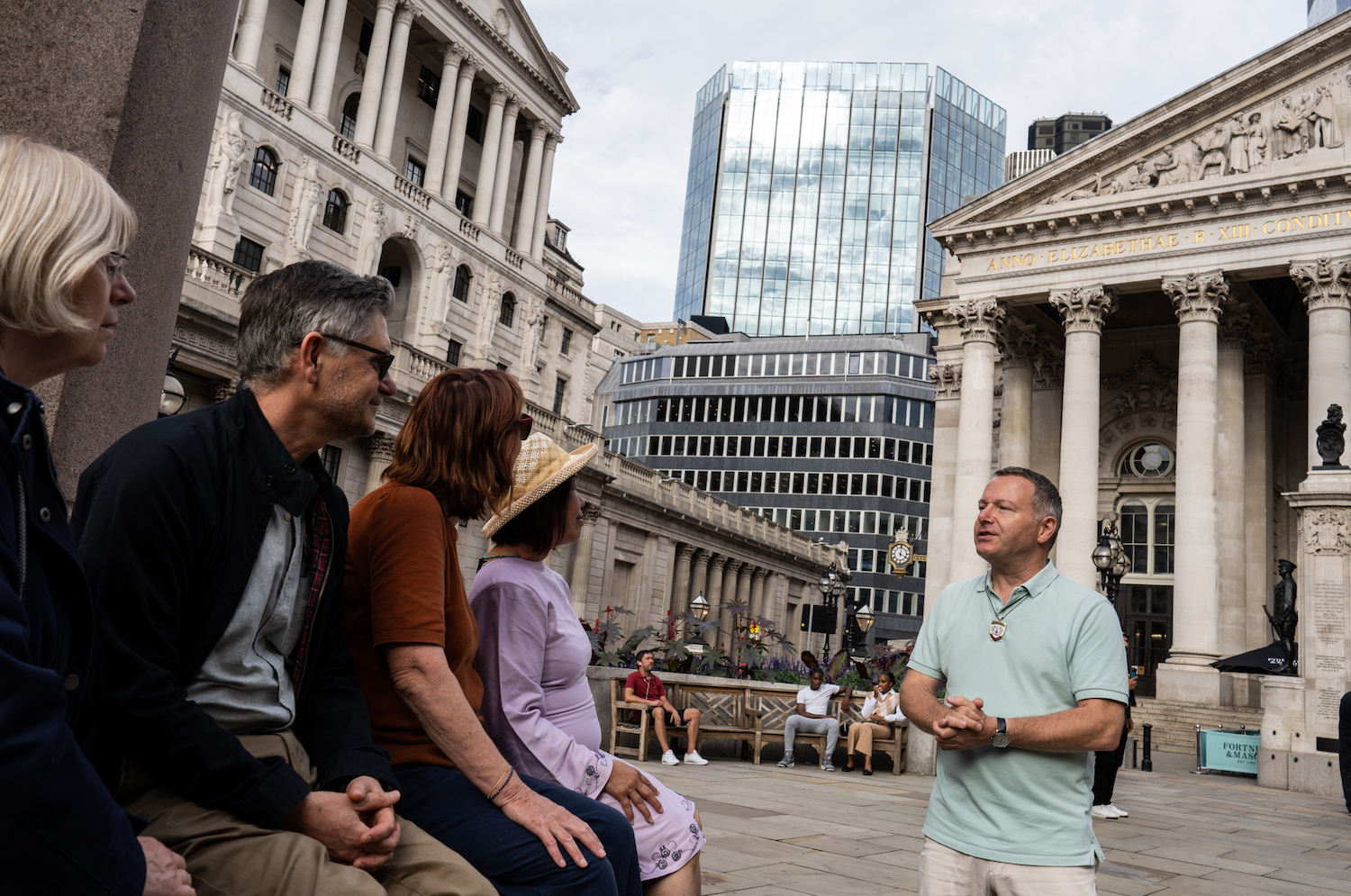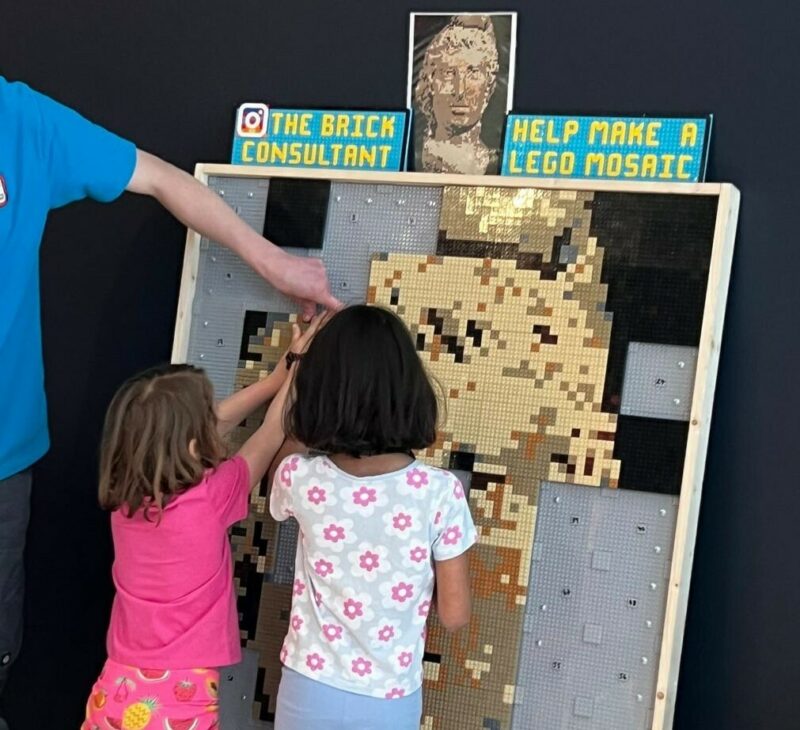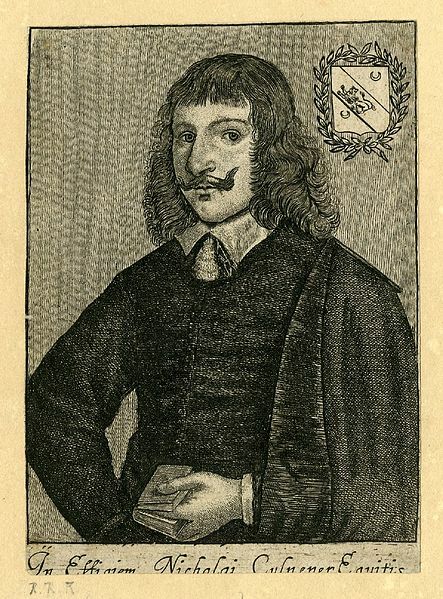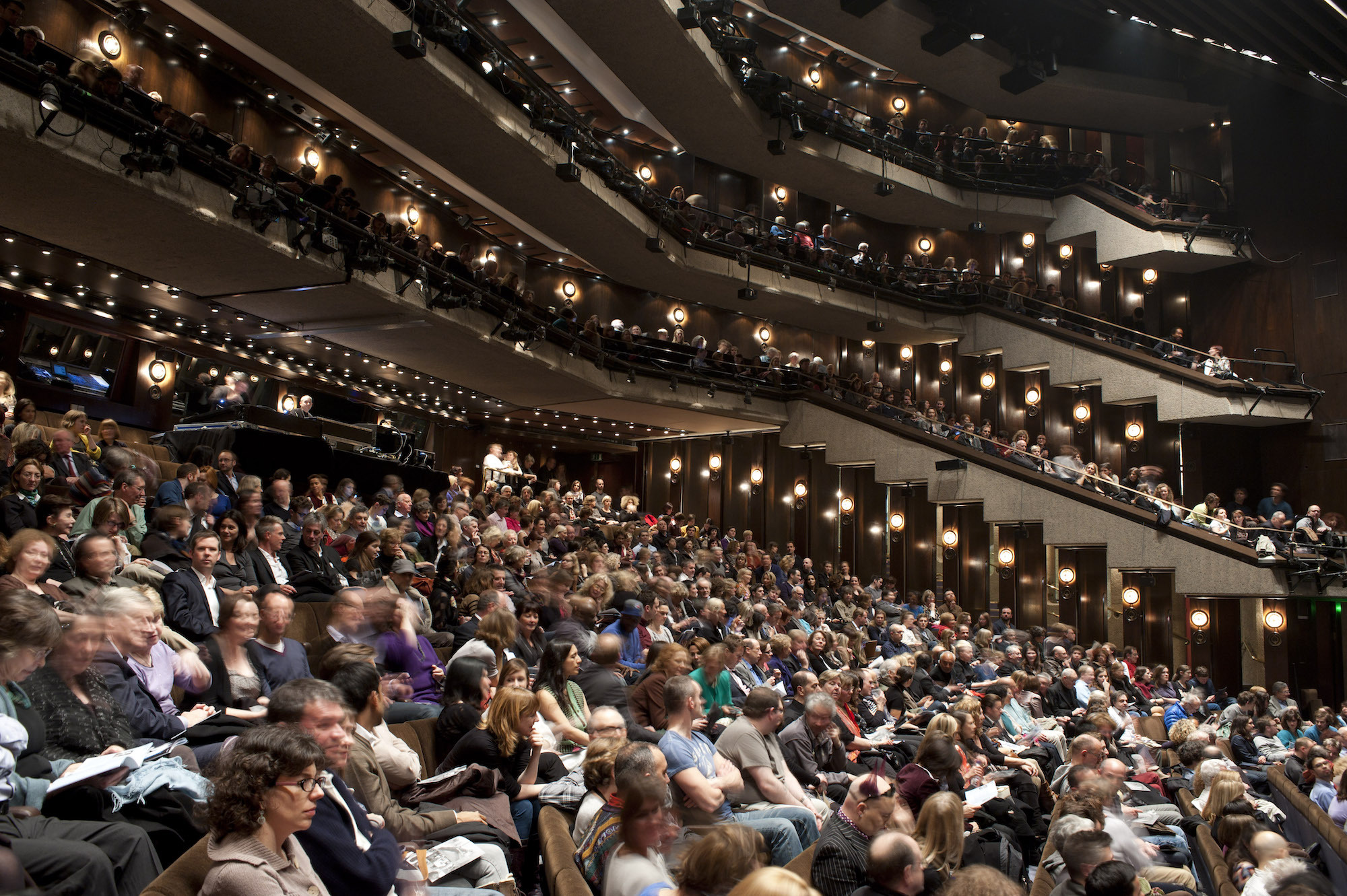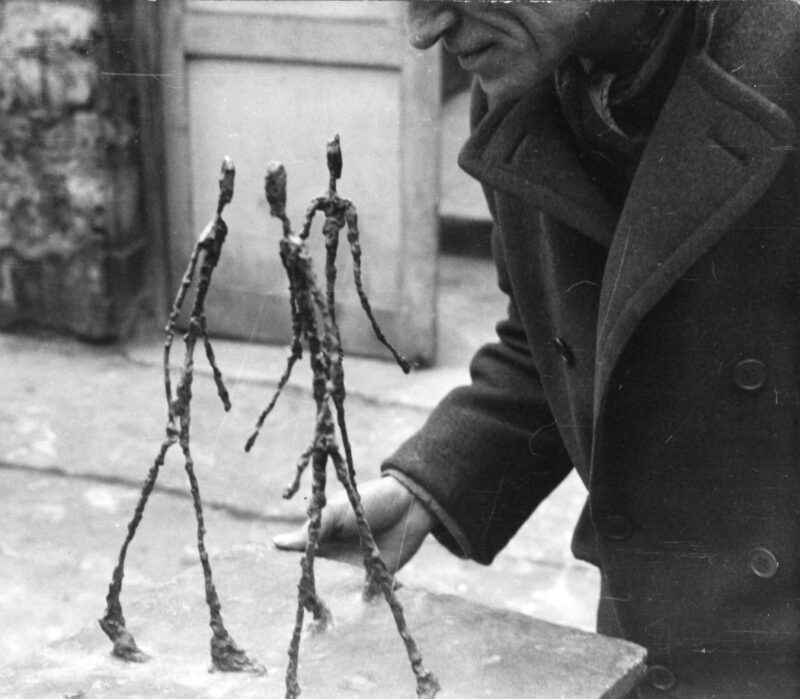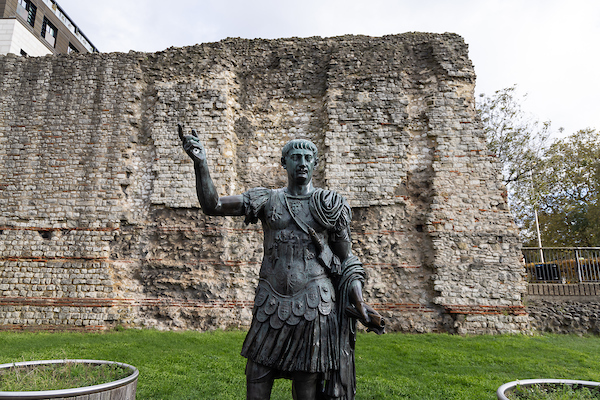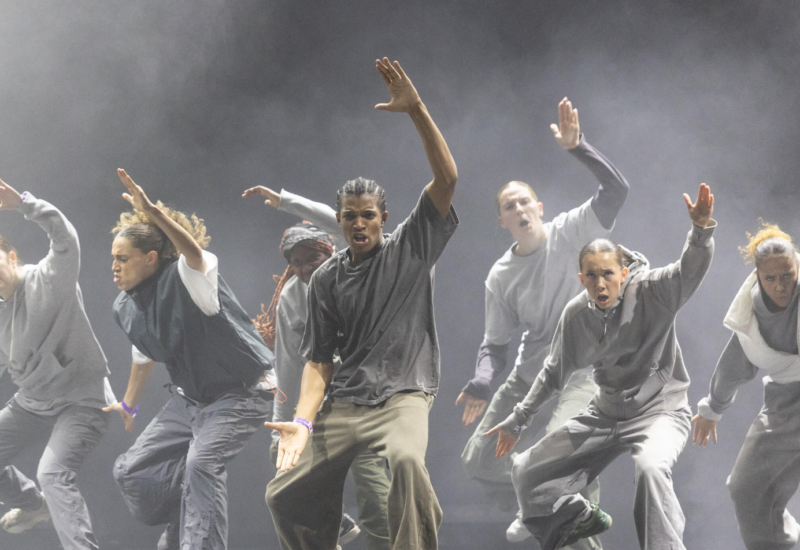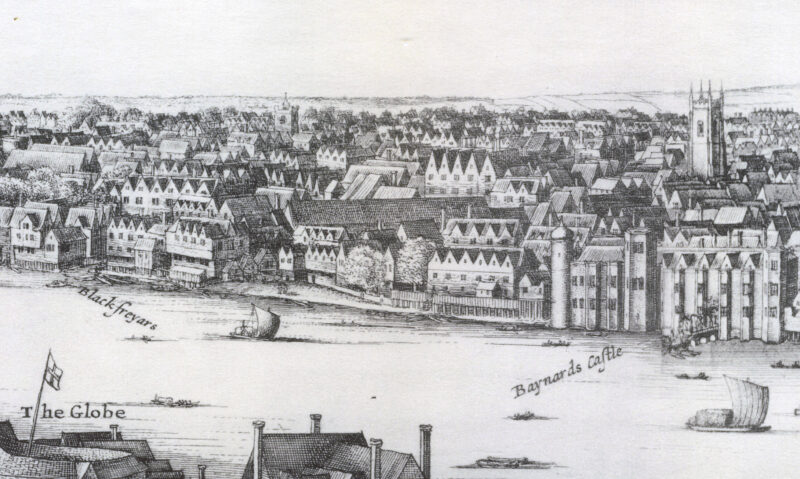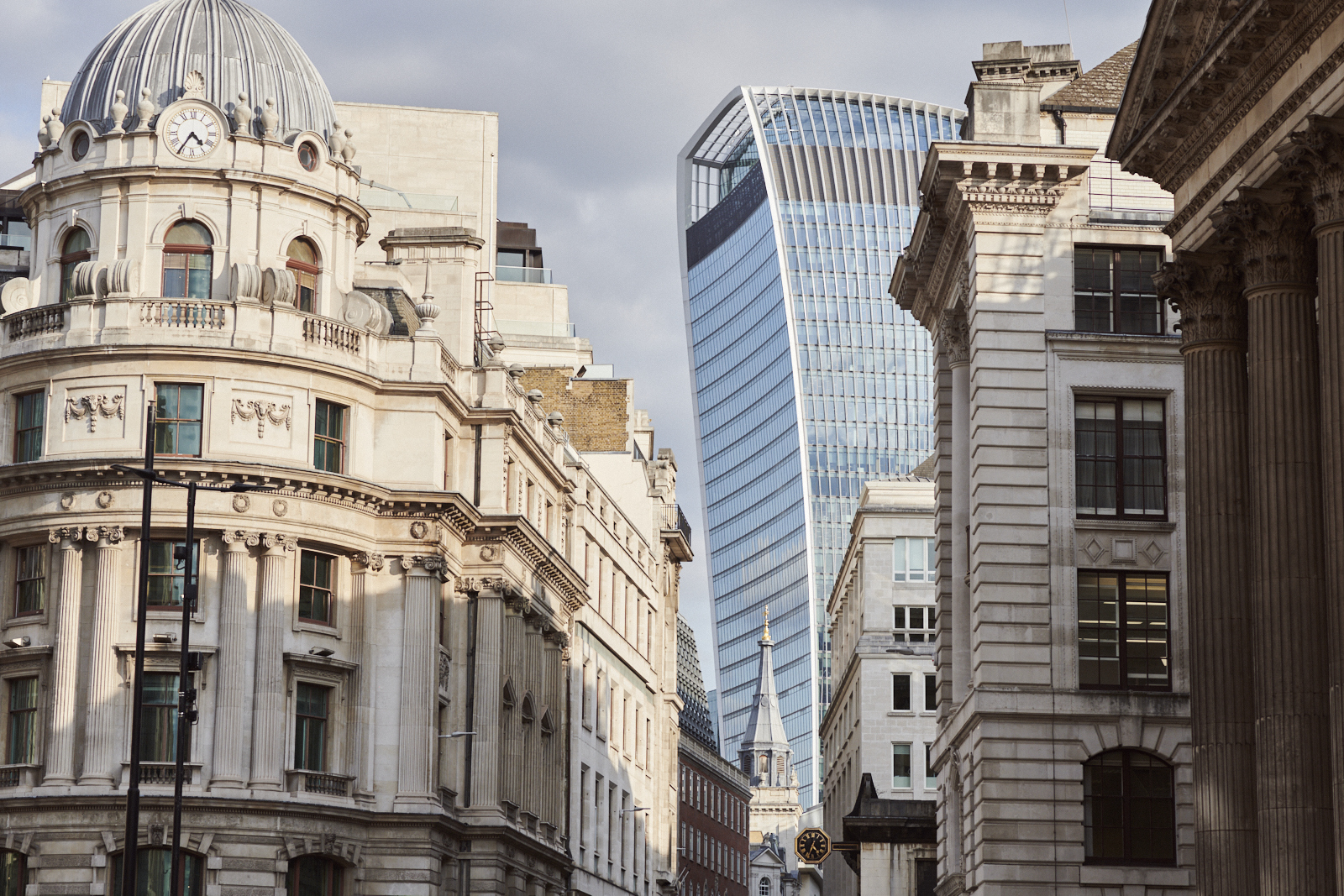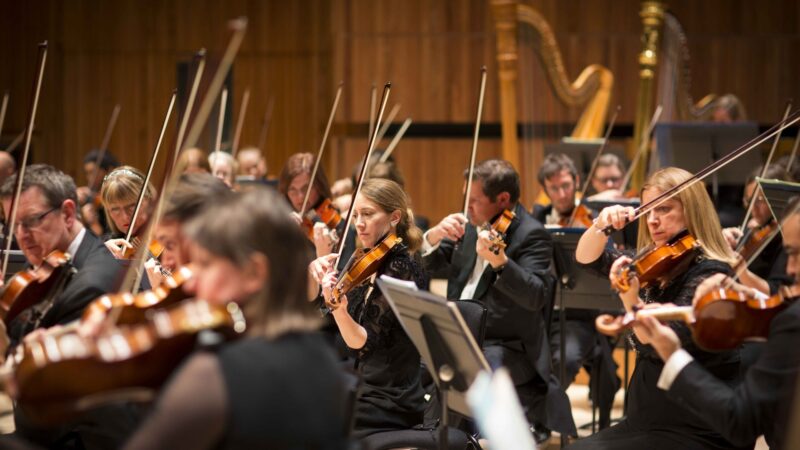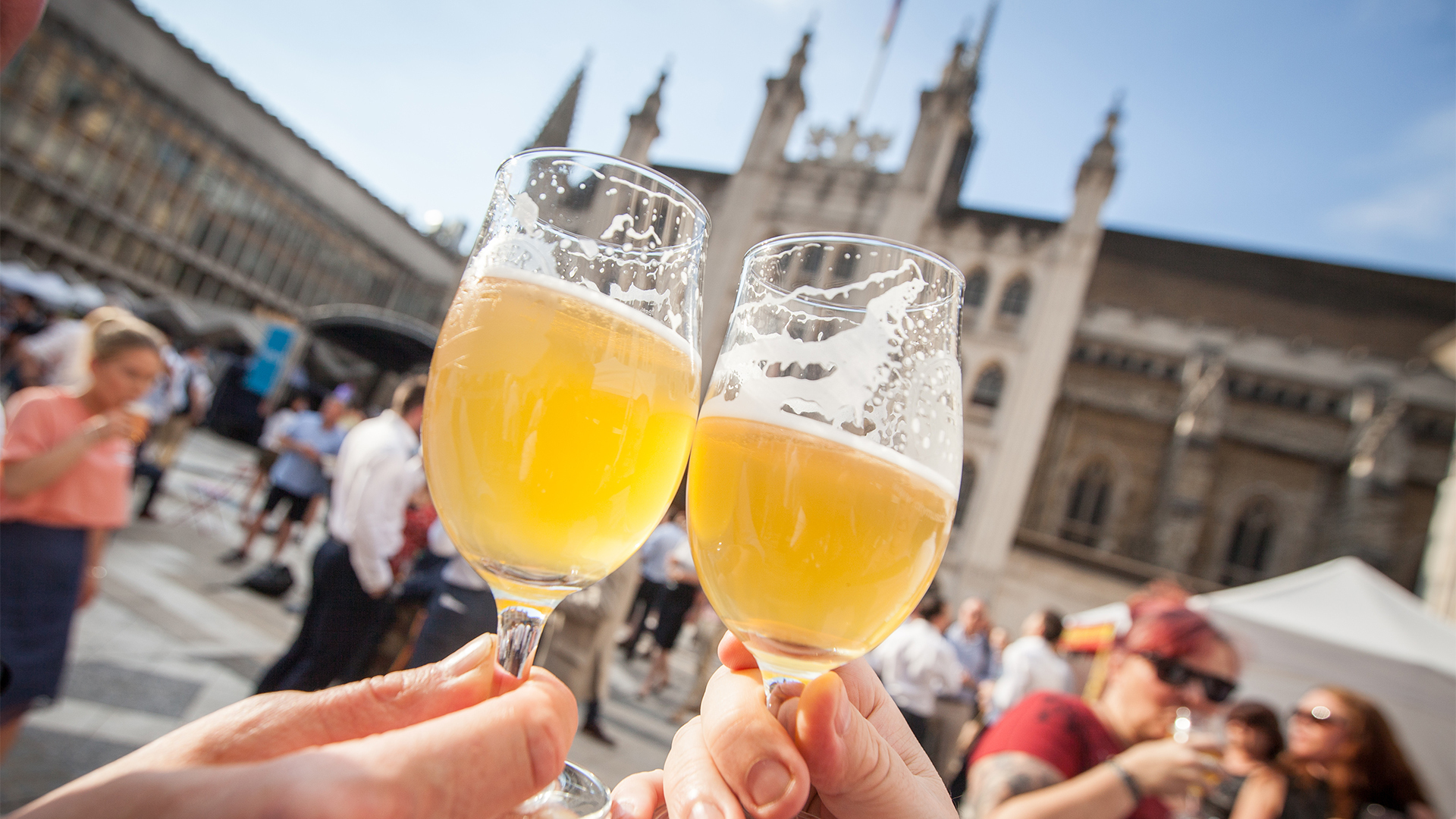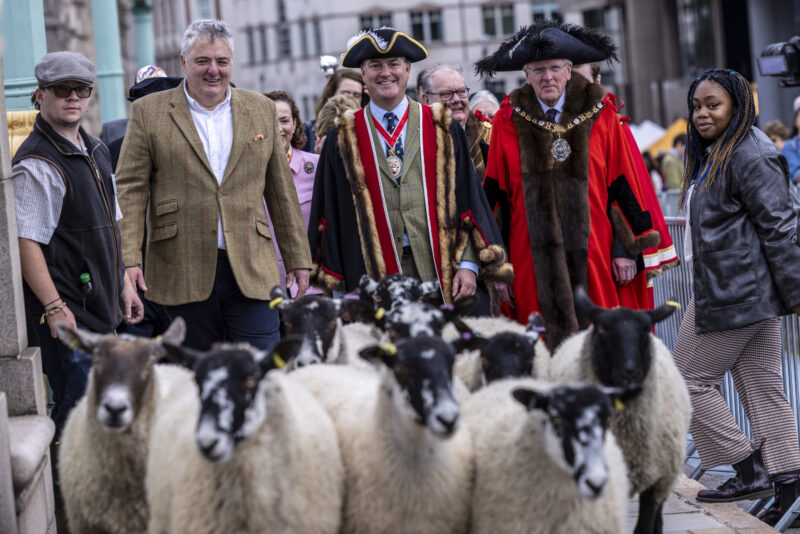After a 250-year absence, the ‘Dictionary Desk’ of celebrated 18th century writer Samuel Johnson makes a historic return to his former abode, Dr Johnson’s House in the City of London.
Discover Penny Squares, East London's newest Italian gem! Think handcrafted pizzas, fresh pasta, and authentic Italian flavours in a cosy, welcoming setting. Buon Appetito!
Guildhall Library is holding a series of talks, walks, and literary viewings throughout 2025 to celebrate 600 years since it was founded.
Learn how to Swing, Jive, strolls, Rock 'N' Roll and more! Looking to learn solo dancing or wanting to keep fit with uplifting toe tapping music this Dance class is for you.
Join one of St Lawrence Jewry's lunchtime concerts, part of their Spring Recital Series, every Tuesday at 1pm.
Myths, gods and hidden histories. Discover Jonathan Baldock’s 0.1%, a new immersive installation at London Mithraeum Bloomberg SPACE.
The Indonesian artist transforms The Curve in her first solo UK exhibition. Via painting, installation, embroidery and scent, take a sensory journey exploring ancestral memory, ritual and migration.
Magic. Deception. Secrets. Who holds the keys to the inner knowledge, and what must we do to attain them? An immersive new show combining magic and masonry comes to Andaz Liverpool Street from Sept 2024.
Join a free lunchtime talk every Friday at The London Centre to learn about London’s historical and physical development.
Express yourself freely and creatively at this figure and portrait drawing course that will encourage you to reflect on the themes of family and the home.
Explore the experiences of Londoners during the Second World War and the effect it had on the city they knew.
Unlock the perfect London city getaway by Tower Bridge with 15% off our Room Rate for weekend stays and a relaxing late check-out until 4:00 pm, giving you more time to unwind in the Spa, or explore nearby iconic landmarks.
Slow afternoons, endless mezze, and half-price cocktails at the Leydi Afternoon Meze Club.
A group show providing an insight into the creative process.
Enjoy limitless brunch at Rake’s Café Bar with crafted cocktails, gourmet bites, and DJ-curated Disco, House, and Balearic beats for the ultimate Saturday escape.
Enjoy 20% off your two-night stay at Hyde London City including a cocktail to kick off the weekend.
Explore over 100 years of British black music in Black Sound London, a free, interactive exhibition tracing its journey from the underground to the mainstream.
Experience a spellbinding afternoon tea inspired by myths and magic. Indulge in enchanting sweets, savory delights, and whimsical drinks, including cocktails, artisanal teas, or Champagne. A magical treat for all ages!
From 24 March to 27 April, 2025, everyone is invited to find the scattered 2ft egg sculptures as part of a free-to-view trail across iconic locations and landmarks.
Join free lunchtime tours of the Bank of England's exhibition The Future of Money
Experience London By Lily Vanilli at Four Seasons Hotel London at Tower Bridge: a modern twist on afternoon tea, launching 28th March at Rotunda Bar and Lounge.
This display will explore City Bridge Foundation, a historic charity whose origins date back to the twelfth century.
Pop along for a delicious brunch at Lucky cat featuring their signature dishes and bottomless Prosecco. Perfect for catching up with friends or celebrating the weekend in style.
Enjoy live entertainment, 20% off dining and stays and an 'eat for free' Sunday Roast or Sunday Brunch at Apex Temple Court or Apex City of London Hotels on 30 March.
City of London Guides offer daily, weekly and monthly walks around the City of London, led by the official City tour guide experts.
One of the most remarkable artists of her generation, Evelyn De Morgan, returns to Guildhall Art Gallery this year in a major exhibition that premieres two newly restored artworks.
The Andaz London Wedding Show returns on 5 April, featuring top vendors, stunning florals, bespoke confections, and everything to create your dream day.
Explore Dr Johnson’s House of Words! Discover quirky words, play games, try quill writing, dress up, and follow a treasure hunt.
This Easter, enjoy a delightful family dining experience at Cento Alla Torre.
Beneath the curious old pathways of the Square Mile lies a rich Roman history surviving 2,000 years of building, fires and bombings.
Visit London Mithraeum Bloomberg SPACE and become a master builder for the day, as we use bricks to re-construct artefacts of Roman Londinium.
In Unravelling the Double Helix, Professor Gareth Williams sets the record straight. He tells the story of DNA in the round, from its discovery in pus-soaked bandages in 1868 to the aftermath of Watson's best-seller The Double Helix a century later.
BOXHALL City, a new food hall from BOXPARK, is opening on 10 April at Metropolitan Arcade near Liverpool Street station.
A revolving programme of family activities may have you heading into the Roman Amphitheatre and hearing tales of Roman conquests, or creating crafts from the Victorian paintings surrounding you.
Join archaeologist Dr Andrew Lane for an extended tour of one of the most important buildings in Roman London.
These events are an opportunity for City residents and the public having a clear-out, to make sure unwanted items are reused, recycled or disposed of responsibly.
Join City Music Foundation for the next in their series of lunchtime concerts at City of London Livery Halls.
Poet and sound artist MA.MOYO (Belinda Zhawi) and friends, Roxanne Tataei & Marysia Osu, respond to the radical work of artist Noah Davis through poetry, vocal textures, and music.
Thought-provoking theatre exploring the experience of two queer Singaporeans as they grow older. Based on true accounts, the show delves into relationships, family, insecurity, kindness and safety.
A joyful and enigmatic reinvention of Shakespeare's tragedy that explores what it's like to 'be' in a world that often excludes you, performed by a powerful cast of actors with Down's Syndrome.
Experience the emotionally charged performances of one of the most exciting national open youth orchestras in the world. Ring Out! No more barriers, just great music!
The Friends of the Collections' Spring Lecture will be given by Past Master Prof Michael Farthing.
Brimming with joyful movement, brutal honesty and tender insight, this coming-of-age comedy-drama follows the life of Romeo, a Black, Gay, British-Jamaican boy growing up in North London.
Stephen Rea gives a 'hauntingly good' (Guardian) performance in this triumphant production of Samuel Beckett's solo masterpiece about memory, loneliness and lost love.
Featuring sculptures from Bhabha and Giacometti, this unique show spans nearly a century of art, exploring the body, trauma, and human resilience.
Join acclaimed pianist Jason Moran for a special one-off concert inspired by Noah Davis's paintings.
Starting in London's Roman Amphitheatre, explore this once little understood part of the Roman city with archaeologist Dr Andrew Lane. The tour also visits part of the Roman city wall, before finishing in the rarely accessible remains of the Roman Fort Gate.
Mixing exuberant hip hop dance displays, a joyful sense of community and the heart-thumping rhythms of an eclectic score, Boy Blue’s company showcase always culminates in uproarious applause.
The Leslie Payne Memorial Lecture, Reconstructing the Wounded, takes place at Apothecaries Hall.
Prof Christopher Highley will introduce a new digital project that he is part of called Shakespeare’s Theaterscape: London Playhouse Districts (1576-1642).
Feel the Sound with the Barbican's bold new multi-sensory exhibition experience that explores our relationship to sound and embraces a world of listening.
Discover stunning outdoor art installations in the City of London during London Festival of Architecture (LFA).
Explore some surprising and unexpected gardens in the City of London during London Open Gardens Weekend.
Across June and July, a handpicked array of jazz superstars and international talent take to the stage at the Barbican.
Ten days of beautiful music on themes of love, romance and Shakespeare at St Giles Cripplegate church.
City Beerfest is back! Delicious beers, mouth-watering street food and live music at historic Guildhall Yard.
The annual Cart Marking Ceremony is a free-to-watch historic tradition in the City of London, led by a City Livery company (the Worshipful Company of Carmen).
For more than four decades, Goldsmiths’ Fair has brought together a selection of the UK’s best contemporary jewellers and silversmiths.
A long-established charity event, celebrating a Freeman’s ancient “right” to bring sheep to market over the Thames, toll free; all in aid of raising funds for The Woolmen Charity and The Lord Mayor’s Appeal.
Visit the City for the Lord Mayor’s Show - a three mile long outdoor procession with colourful floats, music and fun.
